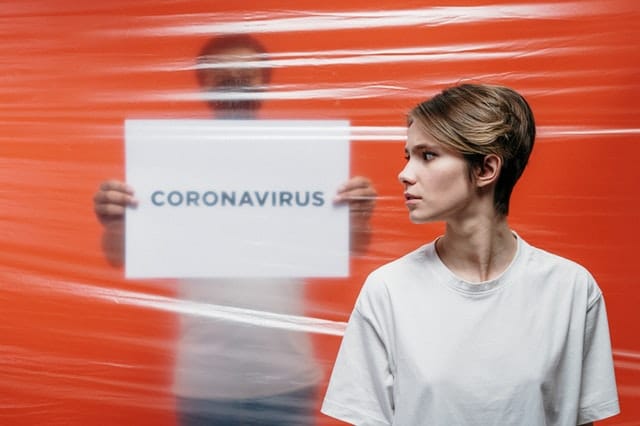Contents
It may seem very simple, but for individuals confronted by a threat such as COVID-19 there are, broadly, three conditions: –
- I am not infected (I don’t want to be infected)
- I might be infected (I don’t want to infect others)
- I am infected (I need to be certain that I will not infect anyone else)
Again, in broad terms, there are three distinct levels of response
Social distancing
This is the critical key to reducing your exposure to the risk of being infected and slows the advance of an epidemic disease.

“Social distancing does two things. First, by reducing your exposure to other people, it can reduce your risk of [being infected by the] disease. Second, it can help slow an outbreak in a population” (Dr. Brian Labus University of Nevada Las Vegas, as reported by MEAWW).
After all, if you don’t get infected, you won’t infect other people. It’s a win-win. By taking care of yourself, you are taking care of your community.
Social distancing will slow down the outbreak in the community and give the health authorities a better chance to treat everyone without overwhelming the resources of the medical system.
Quarantine
You may not be sick but you may have reason to think you have been in contact, directly or indirectly, with someone who is. A classic case is when a member of your household has been positively diagnosed. In these circumstances, you and other members should, as far as possible, enter a phase of quarantine. At this time, the keyword is SEPARATION!
Isolation
Isolation is used when a person has been diagnosed as having been infected with a contagious disease (COVID-19) or is awaiting the result of a ‘test’ (Person under Investigation PUI). The patient will, in the majority of cases be considered to be ‘low risk’ and will be allowed to ‘self-isolate’ i.e. at home. Patients who are considered to be at higher risk, e.g. seniors and those with chronic or underlying health issues, may be cared for in hospital.
NOTE: The underlying concepts of ‘social distancing’, ‘quarantine’ and ‘isolation’ are supported by Federal, State and county regulations which may vary. This article outlines the generally accepted principles adopted by public health officers.
What should I do?
On the best information available (CDC) COVID-19 virus is spread in two ways
- Person – person
- skin to skin contact
- air born droplets, by cough or sneeze
- Person –
surface – person
- By touch or air born
PERSON – PERSON INFECTION whether by skin to skin contact or air born (cough or sneeze) is minimized by reducing physical interaction and proximity.
The first advice is to stay home as much as circumstances allow. This limits the chances of person to person infection and ensures you with a relatively controlled environment.

Many people cannot just stay at home all of the time. “People have lives they need to continue to live, so rather than fully isolate [you can] by creating distance between [yourself and other] people you can reduce the likelihood that the virus can be transferred” (Denise Rousseau, a professor of organizational behavior and public policy, Carnegie Mellon University).
The second advice is to minimize the time spent in close proximity to others and wherever possible or directed to do so maintain an interpersonal distance of at least six feet (two meters).
It is clear that there are situations where maintaining this ‘social distance’ is not possible, e.g. when traveling on public services. For this reason, you should use personal transport wherever possible.
Social distancing includes working from home, where this is practical and in the cancellation of mass gatherings such as sporting events, concerts, rallies, and even religious meetings.
PERSON – SURFACE – PERSON TRANSMISSION is minimized by effective hygiene practice.
First and most important is personal hygiene. Your best personal defense is frequent thorough hand washing (20 seconds minimum, soap, and hot water). In washing your hands, you minimize the risk of transferring the virus from an infected surface to your own respiratory system (by touching your eyes, nose or mouth). Read our Article: By Taking care of yourself you are taking care of all of us.
If you choose to wear gloves e.g. when shopping, they should be disposable.
Secondly, you should ensure that all frequently touched surfaces are regularly sanitized especially in the kitchen before and after cooking and in the bathroom. Read our Article: BY looking out for yourself and your loved ones you are looking out for your community

